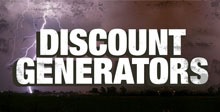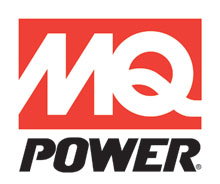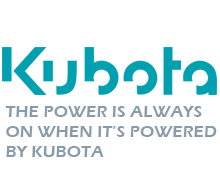Made In The USA Generators
- By Kelsey Lepperd
- Feb 28, 2022
Do you know where and how your products are made? When where your equipment is manufactured matters to you, Absolute Generators is proud to stock a wide variety of top-performing, made in the USA generators that serve our customers spanning commercial, construction, agriculture, industrial, municipal operations and more, as well as residential customers that require standby backup energy for their homes, or RV power to take on the road.
Made in the USA Winco Generators
Specializing in gasoline generators, diesel generators, bi-fuel generators, and PTO Generators, Winco has refined the manufacturing of power generators that work as hard as their users do since 1927. Every Winco generator and product you use comes from the 200,000 square foot manufacturing facility in Le Center, Minnesota. The Albers brothers started “The Wincharger” in Cherokee, Iowa in 1927 after developing storage batteries to be used for powering radios. In 1950, “The Wincharger” became Winco with a series of Power Take-Off (PTO) generators. Since then, the company has remained in the Midwest and was most recently purchased in 1996 by Ralph Call who previously worked with Coleman for 20 years. Winco is proud to say they have not laid off an employee since 1990. In 2009, a new Chief Operations Officer and President joined the Winco family. Dan (President and COO) and Peter (Sales Manager) lead Winco’s commitment to quality, dependability, and innovation with the understanding the Winco is committed to American manufacturing.
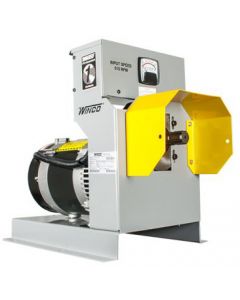 |
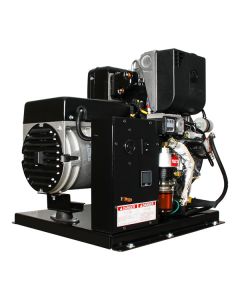 |
| Shop Winco PTO Generators >> | Shop Winco Diesel Generators >> |
Shop all Made in the USA Winco Generators >>
Made in the USA NorthStar Generators
NorthStar specializes in gasoline generators and high wattage generators, and are manufactured by Northern Tool + Equipment, a family owned and operated company that’s been in the business of producing reliable home and backup power equipment for over 35 years. Don Kotula, the company’s founder and owner grew up between Hibbing and Chisholm in Minnesota’s Iron Range. It was there he developed his make-it-yourself mentality that guided him to founding Northern Tool + Equipment.
In 1981, Kotula and his family opened their first store in Burnsville, Minnesota. What couldn’t be purchased from suppliers was made on their own, in their shop. Today, he works with his two sons, Ryan and Wade, as well as thousands of employees who are just as invested in bringing useful products at a great price to customers who need to tackle tough challenges. Thanks to Kutola’s insistence on family-owned and American made, you can find over 40,000 Northern Tool + Equipment products in over 90 stores in the USA.
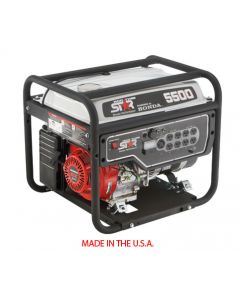 |
| Shop NorthStar Gasoline Generators >> |
Shop all Made in the USA NorthStar Generators >>
Made in the USA Cummins Generators
Cummins generators keep your business up and running with efficient, fully-integrated systems built right in here in the United States of America. Designed with state-of-the-art technologies, Cummins generators provide standby power, distributed power generation, and auxiliary power for a wide range of needs. With some of the quietest, air-cooled generators on the market, Cummins generators offer more standard features in addition to a comprehensive warranty. While some manufacturers cover some parts, Cummins covers all parts of your equipment.
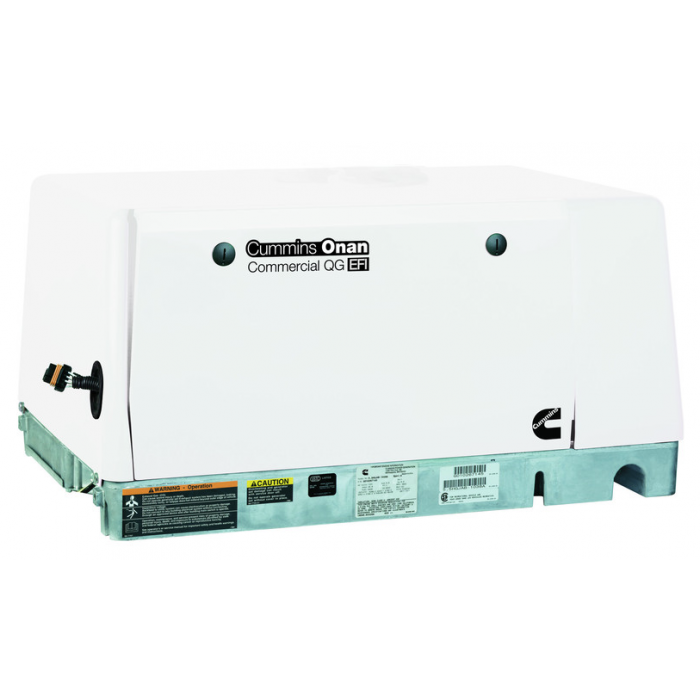 |
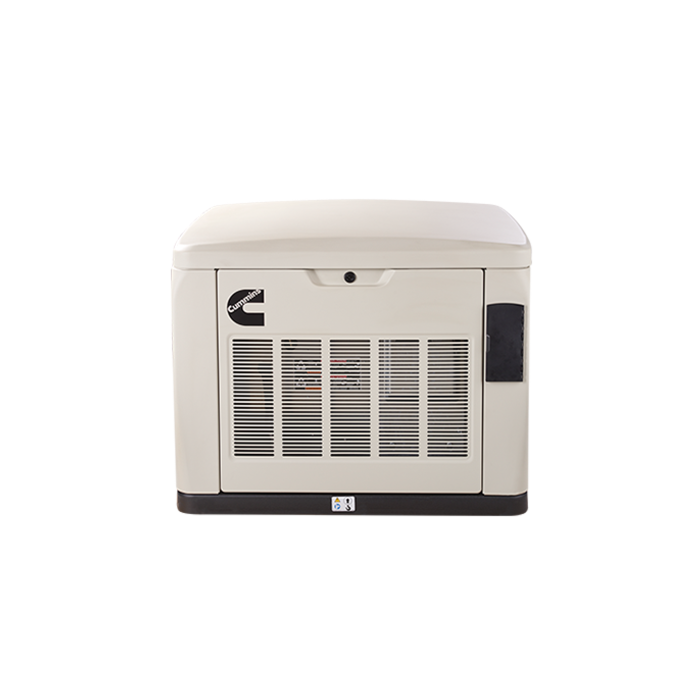 |
| Shop Cummins Commercial Mobile Generators >> | Shop Cummins Emergency Standby Generators >> |
Shop all Made in the USA Cummins Generators >>
Made in the USA Gillette Generators
With a focus on gasoline generators and diesel generators, Gillette has been manufacturing generators in the heartland of America since the early 1960s. For 50 years, Gillette generators serving the military, commercial, agricultural, industrial, residential, and agricultural markets have been made in one of three plants totaling a 75,000 square foot manufacturing space in Elkhart, Indiana. With only 55 employees, Gillette Generators continues as a company committed to investment in new processes and products that contribute to ongoing success in the power generation industry.
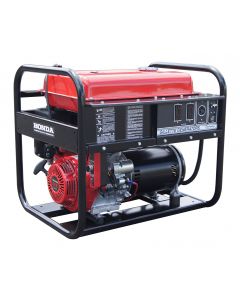 |
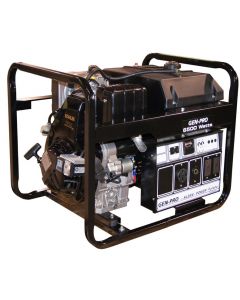 |
| Shop Gillette Gasoline Generators >> | Shop Gillette Diesel Generators >> |
Shop all Made in the USA Gillette Generators >>






